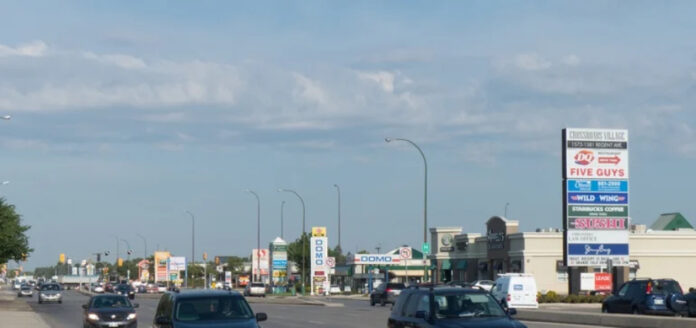Based on a publication from Daphne Howland in Retail Touch Points, Strip centers outpacing traditional malls as physical retail recovers.
Los centros de strip superan a los centros comerciales tradicionales a medida que se recupera el retail físico
Dive Brief:
- The commercial property values of open-air strip centers, which rose 13% since before the pandemic, are drastically outpacing traditional malls, where values edged up 1%, according to a report from Green Street.
- Malls have seen the most precipitous declines in value among all commercial property types since 2018, according to the report.
- Vacancy rates help explain that. Pre-pandemic, the average mall vacancy rate was 4.9%; in Q2 this year that rose 230 basis points to 7.2%. The impact at open-air centers was milder — up 90 basis points at neighborhood centers, up 80 basis points at power centers and up just 60 basis points at strip centers, according to a report from JLL.
Dive Insight:
Specialty retailers like Gap and Sephora in recent years have increasingly abandoned traditional indoor malls and moved to the strip centers favored by Target, Kohl’s and Walmart. These days, even department stores are following that path, with Macy’s and sibling Bloomingdale’s developing store formats designed for strip locations.
The department store anchor approach is increasingly looking like an anachronism. As a result, malls themselves are looking for replacements and some new, mixed-use developments aren’t even considering department stores as attractions. The shift has taken a toll. Last year two mall REITs declared bankruptcy, while Westfield said it would leave the U.S.
The trends are holding at the holidays. For the week of Dec. 1, traffic at non-mall stores was up 38.9% year over year, compared to the 32% rise at mall stores, according to research from RetailNext. During the Black Friday weekend, while many more people headed to stores compared to last year, foot traffic didn’t reached levels from before the pandemic, according to research from Placer.ai, which found visits to be down 8.5% at indoor malls and 9.2% at outdoor malls compared to 2019.
The situation has even the strongest malls looking for other growth opportunities. Simon Property Group and Brookfield, for example, have actually invested in the retail business itself, which some see as a ploy to rescue leases and rents.
In a conference call with analysts last month, Simon CEO David Simon painted that as a sign of strength. «We have unequivocally proven with our results year to date that we’ve overcome the arbitrary shutdown of our business due to the pandemic and our cash flow has bounced back dramatically, which many have doubted,» he said. «We have growth levers beyond our real estate assets that are unique attributes of our company. We have proven to be astute investors. We have unique business models and diversity of income streams. Our balance sheet is industry-leading and as strong as it’s ever been.»
This article was originally published in Retail Dive









